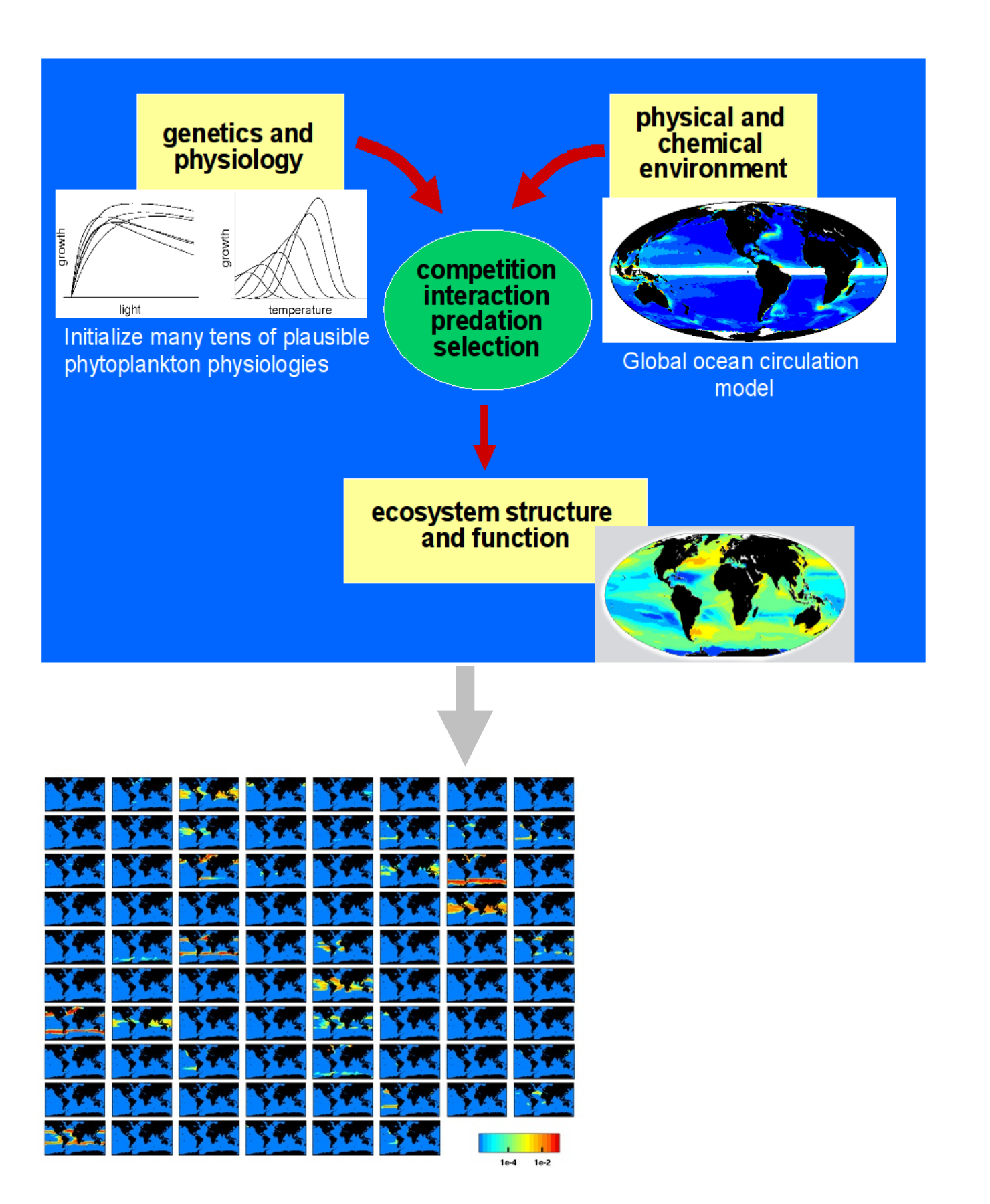Recent posts
Categories
- Adjoint Modeling (6)
- Atmospheric Modeling (10)
- Biogeochemical Modeling (12)
- Climate modeling (19)
- Coupled Modeling (14)
- Lake Modeling (1)
- Model development (7)
- Model-data assimilation (19)
- Ocean modeling (74)
- Offline Modeling (9)
- Planetary Atmospheres (4)
- Sea-ice Modeling (7)
- Uncategorized (12)

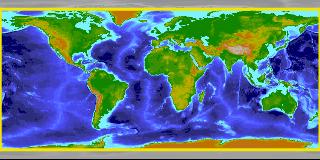 This month we focus on work by Gael Forget and the ECCO team who have been using MITgcm to construct a new ocean atlas. By using MITgcm as a means of optimally synthesising data within the framework of a physically accurate general circulation model, OCCA (short for OCean Comprehensible Atlas) provides a singularly accurate 3-year “snap-shot” of the global ocean state for the period December 2003 to November 2006…
This month we focus on work by Gael Forget and the ECCO team who have been using MITgcm to construct a new ocean atlas. By using MITgcm as a means of optimally synthesising data within the framework of a physically accurate general circulation model, OCCA (short for OCean Comprehensible Atlas) provides a singularly accurate 3-year “snap-shot” of the global ocean state for the period December 2003 to November 2006…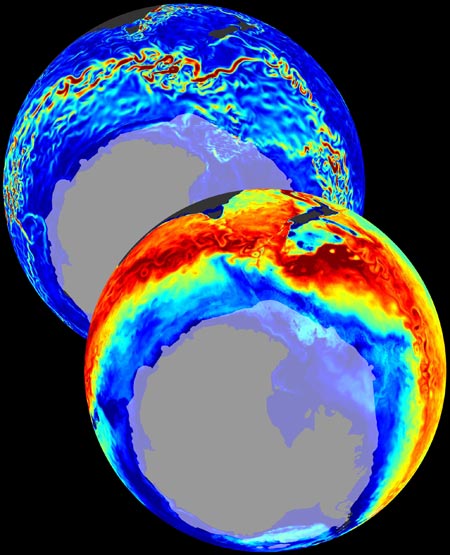 Taka Ito, Molly Woloszyn and Matt Mazloff have been studying anthropogenic CO2 transport in the Southern Ocean. Using MITgcm’s adjoint and offline capabilities, the team find a clear correlation between the pattern of carbon uptake and oceanic vertical exchange in strong support of wind-driven primary regulation of Southern Ocean ACO2 transport…
Taka Ito, Molly Woloszyn and Matt Mazloff have been studying anthropogenic CO2 transport in the Southern Ocean. Using MITgcm’s adjoint and offline capabilities, the team find a clear correlation between the pattern of carbon uptake and oceanic vertical exchange in strong support of wind-driven primary regulation of Southern Ocean ACO2 transport…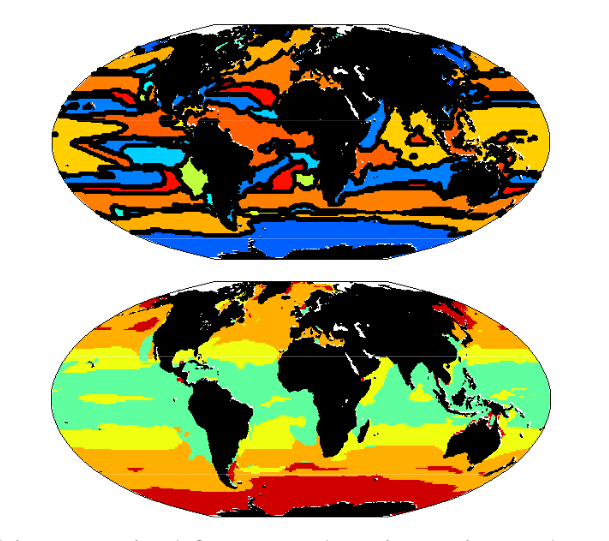


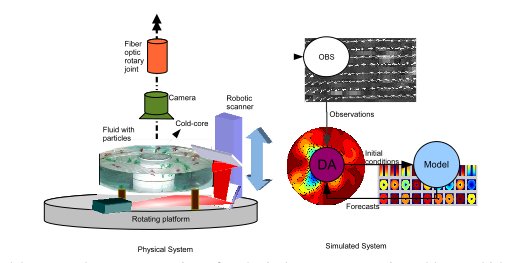
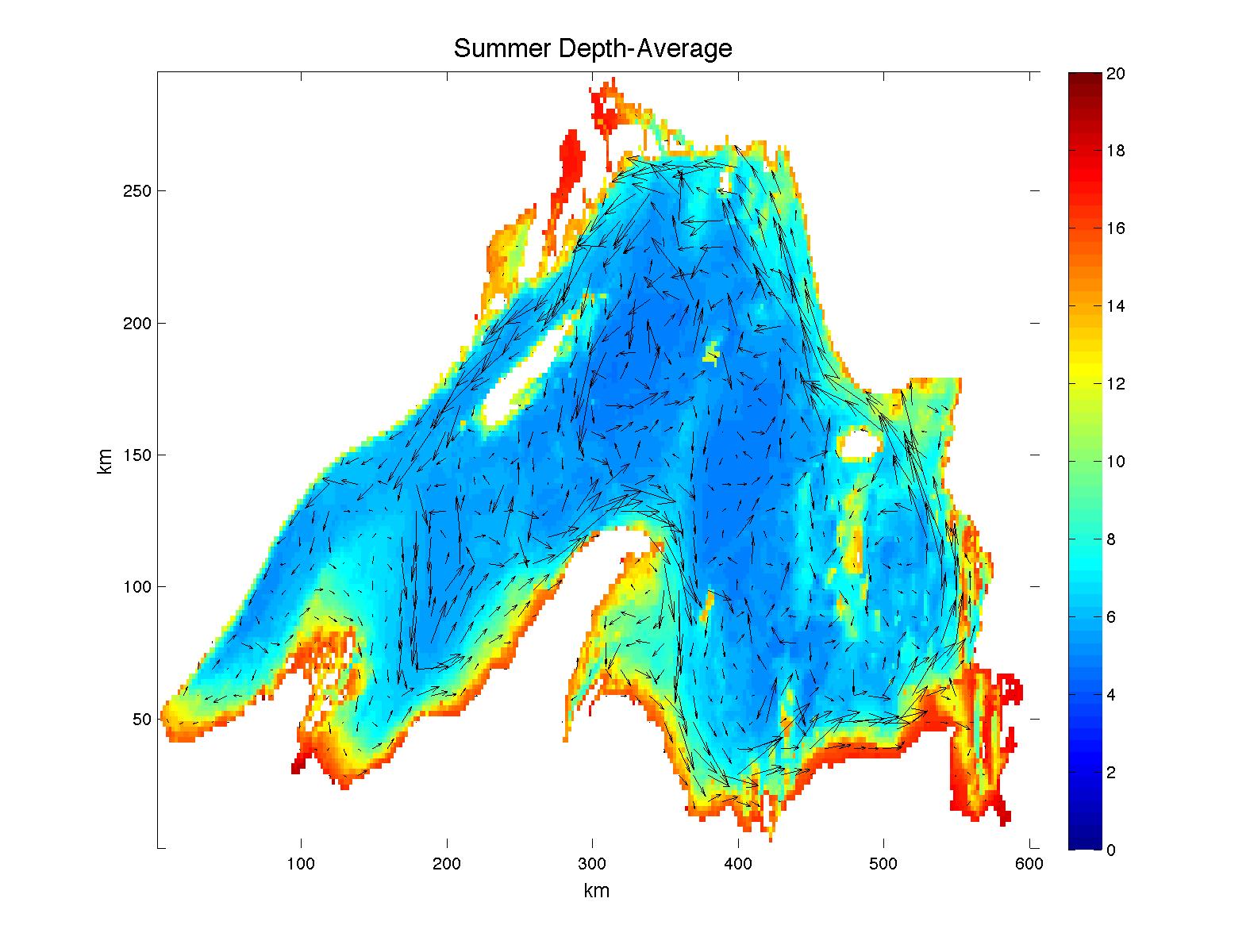
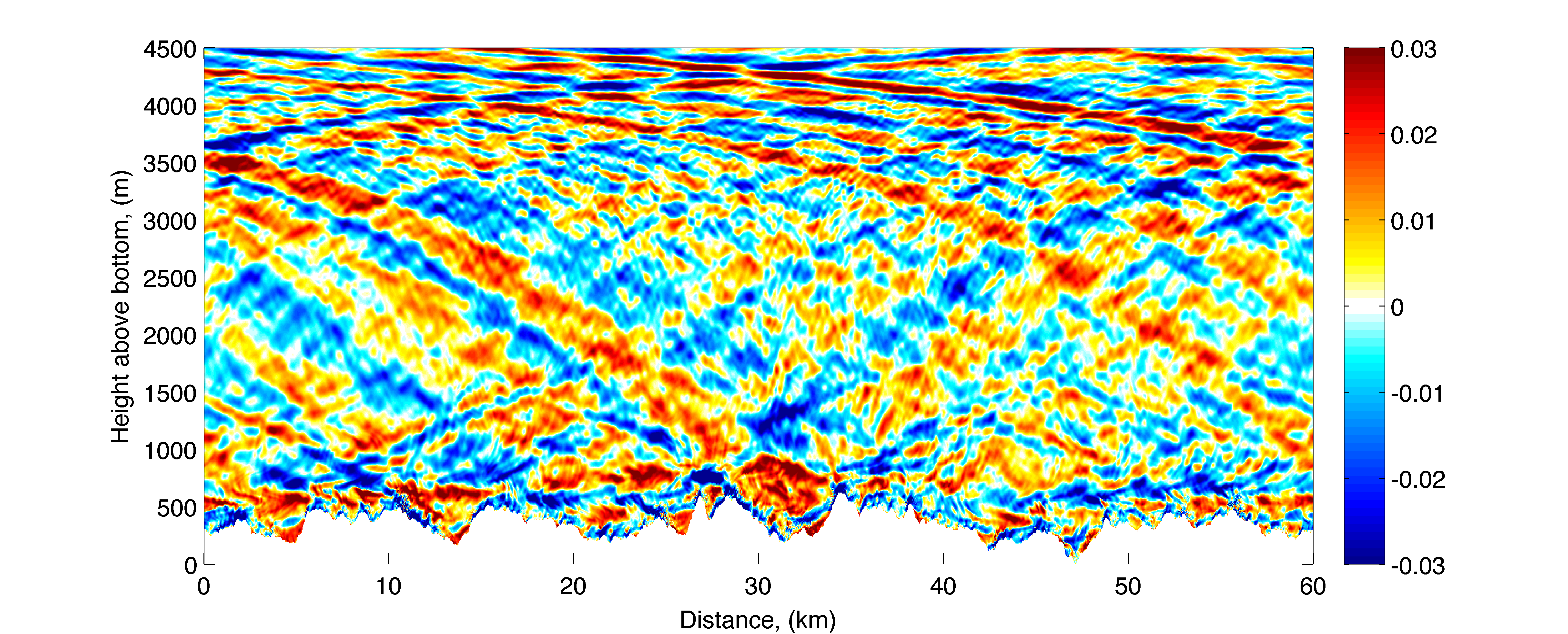 Work by Maxim Nikurshin and Sonya Legg at GFDL using a 2d version of MITgcm to explore radiation and dissipation of the internal tides generated through tidal mixing over rough topography…
Work by Maxim Nikurshin and Sonya Legg at GFDL using a 2d version of MITgcm to explore radiation and dissipation of the internal tides generated through tidal mixing over rough topography…